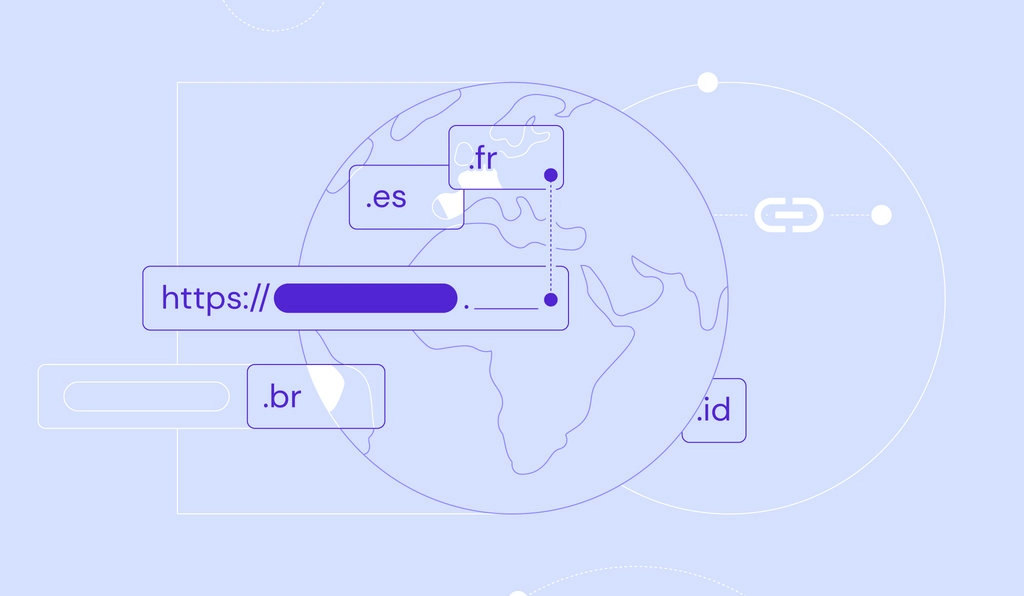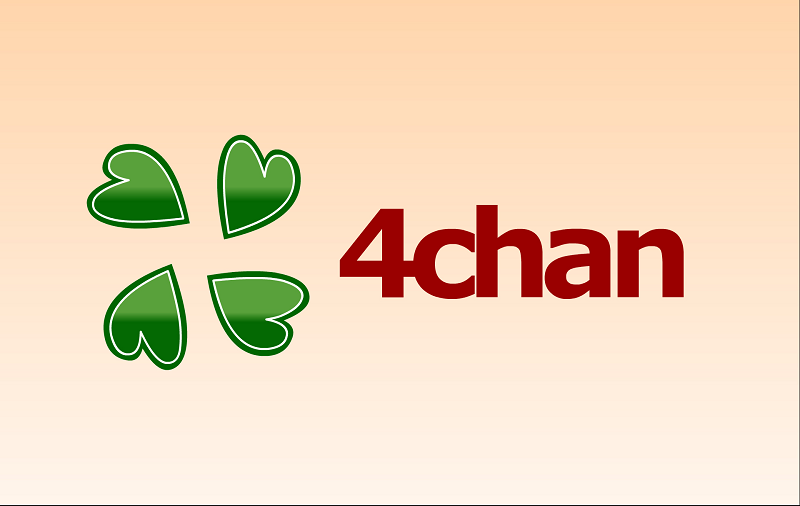As the world becomes increasingly globalized, businesses of all sizes are expanding their reach beyond their home countries. One of the most important steps in making this transition is creating a website that can effectively communicate with audiences around the world. Website translation and localization are key components of this process, and can make the difference between a successful global launch and a disappointing flop.
In this article, we’ll take a look at everything you need to know about website translation and localization for a successful global launch. We’ll explore the benefits of localization, the challenges of translation, and the key steps you need to take to ensure your website is ready for a global audience.
Table of Contents
The Benefits of Localization
Localization is the process of adapting your website to the cultural and linguistic norms of your target audience. This can involve everything from translating your content into different languages to tweaking the design and layout of your site to better resonate with local preferences.
The benefits of localization are clear. By adapting your website to the cultural and linguistic norms of your target audience, you increase the chances of your message being heard and understood. This can lead to better engagement, more conversions, and higher overall revenue.
Localization can also help you avoid embarrassing cultural missteps. For example, a website that uses images or language that are offensive or insensitive to a particular culture can quickly generate negative publicity and damage your brand’s reputation.
The Challenges of Translation
While localization can have significant benefits, it’s not without its challenges. Translation is a complex process that requires careful attention to detail and a deep understanding of both the source and target languages.
One of the biggest challenges of translation is capturing the nuances of language. Different languages have different structures, idioms, and cultural references, and accurately conveying these can be difficult. This is why it’s important to work with translators who are not only fluent in both languages, but who also have a deep understanding of the cultures they are translating for.
Another challenge of translation is maintaining consistency across multiple languages. This involves not only ensuring that the meaning of each sentence is accurately conveyed, but also making sure that the tone, style, and branding of your site are consistent across all languages.
Steps for Successful Website Translation and Localization
To ensure your website is ready for a global audience, there are several key steps you need to take:
- Conduct market research: Before you begin the translation and localization process, it’s important to conduct market research to understand your target audience’s preferences, cultural norms, and language requirements.
- Develop a localization strategy: Based on your market research, develop a localization strategy that outlines the languages you will translate your content into, the design and layout changes you will make, and the cultural nuances you will need to take into account.
- Choose the right translation partners: Working with a reputable translation agency or freelance translator can make all the difference in the success of your localization efforts. Look for partners who are experienced in your industry and have a deep understanding of the cultures you are targeting.
- Prepare your content for translation: Before you can begin the translation process, you’ll need to prepare your content. This involves ensuring that your content is well-written and easy to understand in the source language, and that it can be easily translated into other languages.
- Test and optimize: Once your website has been translated and localized, it’s important to test it thoroughly to ensure that it functions properly and resonates with your target audience. Use analytics tools like customized tracking links to track user behavior and make optimizations as needed.
Conclusion
Website translation and localization are essential components of a successful global launch. By adapting your website to the linguistic and cultural norms of your target audience, you can increase engagement, conversions, and revenue. While translation and localization can be challenging, following the steps outlined above can help ensure that your website is ready to reach a global audience.





